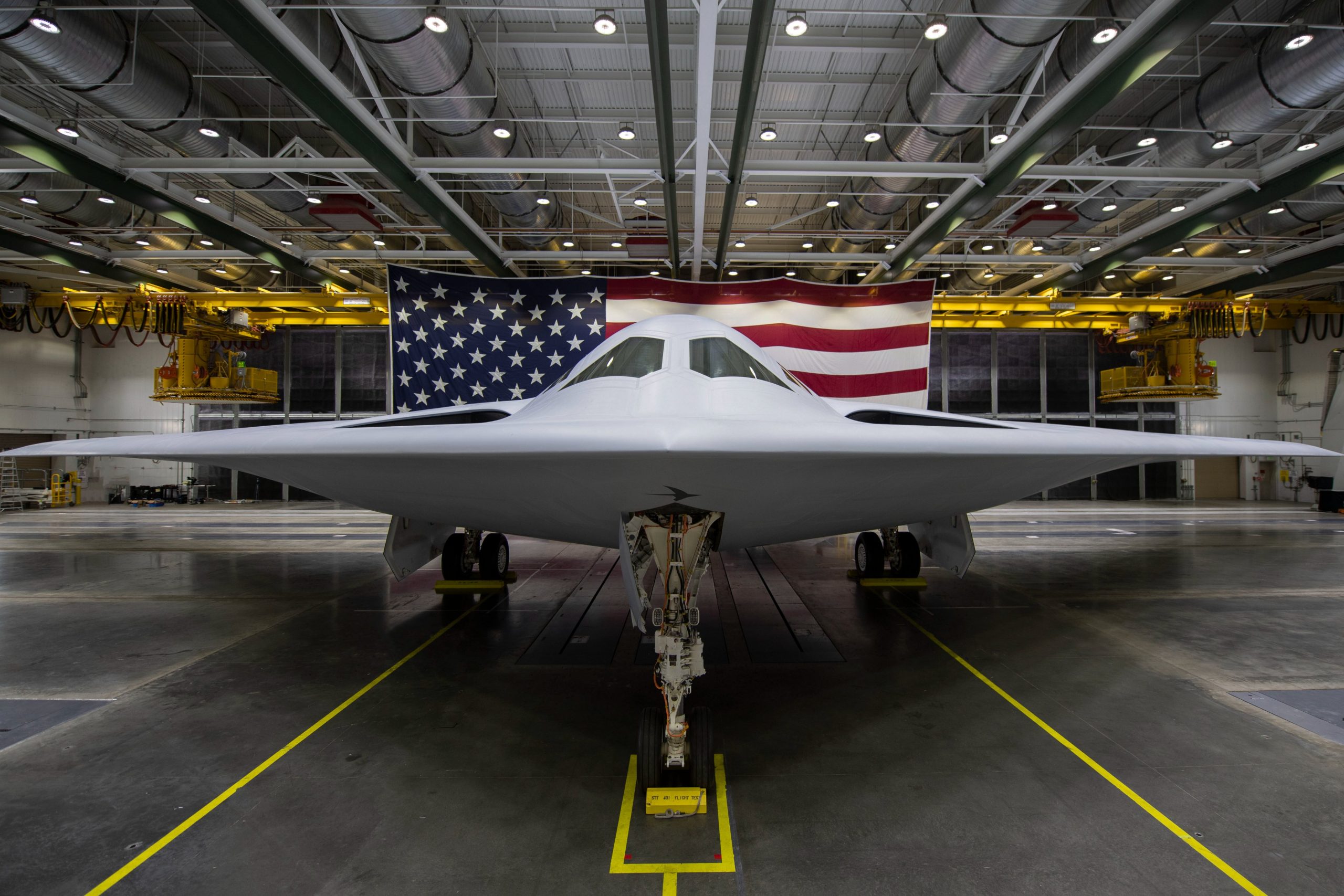A potential delay with the B-21 Raider has sent US military officials on the defensive, assuring the aircraft will not follow the same saga as the troubled F-35.
Officials have confirmed that the delay is within an expected margin of deviation and does not indicate an ensuing cycle of deadline pushbacks and cost overruns, as is typical with extensive defense programs.
The advanced bomber’s rollout this year is expected to be late by a few months but is still within the “baseline schedule” agreed to by the government and the plane’s developer, Northrop Grumman.
US Air Force (USAF) Secretary Frank Kendall promised not to let the program experience the same fate as the F-35 Lighting II, which he described as “excessive concurrency” and “acquisition malpractice.”
The Raider was unveiled on December 2 last year and is expected to be one of the critical weapon systems against China’s highly advanced air defense and anti-stealth sensors.
Key Aircraft Against China
Designed to “break through” China’s surface-to-air missiles (SAM) batteries and anti-access/area-denial (A2/AD) shield, the bomber has been assessed to have significant electronic warfare, data linking, and intelligence-surveillance-reconnaissance (ISR) capabilities to bomb sensitive ground targets, before flying back. It will use a range of both direct-attack and standoff munitions.

The plane would cost $203 billion to develop, operate and purchase 100 aircraft over 30 years, according to information provided to Bloomberg by the US Air Force (USAF).
Meanwhile, the estimated per-unit cost remains under the $550 million target. To make a difference, it all depends upon how fast Northrop churns out the series production version and with what changes.
Top Air Force Official Pledges
On the sidelines of the McAleese & Associates Conference in Washington, Kendall said, “It’s slipped from the original schedule that we were using by a few months.” Interacting with journalists in the event, Kendall specified that the delay was nothing to worry about as it pertained to the air force’s “internal schedule.”
“You manage to a schedule, which you tend to make a little bit aggressive to pressure people to move fast. There’s a baseline schedule on the books… but there’s been no breach of that. But with the internal schedule, there’s been a slip of a few months,” he said, without revealing the nature and cause of the delay.
In an earlier media interaction during the Air and Space Forces Association conference, Kendall referred to the F-35, saying they had drawn lessons from the program. “The B-21 would not repeat the excessive concurrency problems of the F-35,” Kendall said.
Concurrency means an aircraft is undergoing series production/procurement simultaneously while it is also being developed. Thus, if any problems are discovered in testing, they must be fixed in already-built planes or on the assembly line.
Kendall noted he once called the F-35’s concurrency problems “acquisition malpractice,” which the B-21 program would not repeat. Incidentally, Kendall was in a consulting role with Northrop Grumman for the B-21 project before being appointed as the Secretary of the Air Force.
Northrop had previously said during the aircraft’s launch about introducing a “digital twin,” which is a replica of the aircraft saved in computer systems. The approach will contribute to better harmonizing the development and production processes by accurately studying the impact of various technical modifications.
Its physical design and airframe are also built using an ‘open architecture’ approach, where new systems and components could be easily swapped out and replaced, allowing for faster upgrades in the future. This contributes to the aircraft’s higher ‘availability rate,’ where it spends less time in repairs/upgrade projects.
The World’s Costliest & Problematic Project
The F-35 by 2021 had recorded cost overruns of $412 billion from $398 billion, according to a Department of Defense (DoD) report in September of that year. More than 875 F-35s have been delivered globally, and twelve air forces have declared the aircraft operational.
By December 2022, the cost of a project to upgrade the F-35’s cockpit computer had risen by $680 million, nearly doubling the size of the original contract worth $712 million in 2018. Thus, the delivery of the first jet with the upgraded hardware and software would be pushed back several months from the planned completion date of July 2023.
The jet has high long-term sustainment costs, mission-capable rates, and spare engine stocks. The Pentagon’s contracts oversight agency, too, has raised issues with F-35 production processes.
The jet is also technically tedious, suffering multiple bugs, including problems with its stealth coating, sustained supersonic flight, helmet-mounted display, excessive vibration from its cannon, and even vulnerability to being hit by lightning.
- The author can be reached at satamp@gmail.com
- Follow EurAsian Times on Google News




